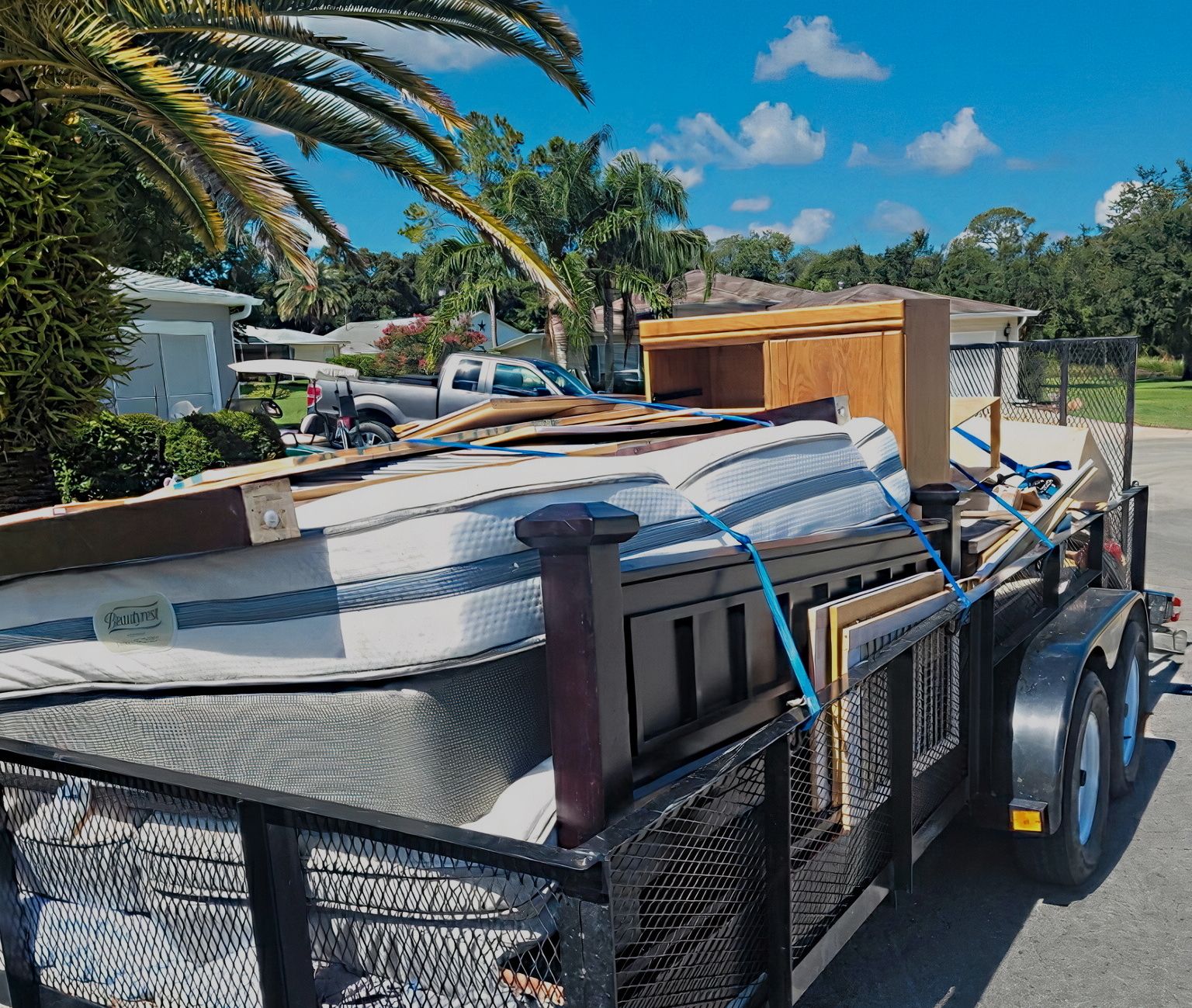Atlanta Junk Hauling: Trusted Solutions for All Your Demands
Atlanta Junk Hauling: Trusted Solutions for All Your Demands
Blog Article
Professional Waste Management Approaches Customized for Industrial Settings
Customizing waste management techniques to match the special needs of industrial settings is not just valuable but vital for preserving functional performance and ecological sustainability. The quest for improved waste management in industrial settings includes a careful technique that stabilizes governing conformity, cost-effectiveness, and eco-friendly obligation.
Relevance of Tailored Waste Monitoring
Customized waste monitoring techniques are essential in industrial setups to maximize source use and decrease ecological effect. Industrial operations produce a considerable quantity of waste, varying from solid by-products to chemical toxins, posturing a threat to the setting if not managed effectively (Atlanta waste disposal). By tailoring waste administration techniques to suit the specific demands and challenges of each industrial center, business can not only abide by laws however also boost functional efficiency and sustainability
One trick element of tailored waste monitoring is carrying out a comprehensive waste assessment to recognize the kinds and quantities of waste produced. This assessment permits firms to carry out targeted services such as reusing programs, waste segregation protocols, and waste-to-energy efforts. By understanding the structure of their waste streams, industrial centers can establish cost-effective approaches to decrease waste generation at the resource, causing long-lasting ecological benefits.

Types of Industrial Waste
What are the numerous groups of hazardous waste commonly produced in producing procedures? Hazardous waste can be identified right into several major categories based on its structure and qualities. Contaminated materials is just one of one of the most essential types, including chemicals, solvents, heavy metals, and other materials that position a danger to human health and wellness or the environment. This classification often needs unique handling and disposal methods to stop contamination and make certain safety and security.
Another usual kind of hazardous waste is non-hazardous waste, which includes products like paper, plastics, and packaging waste. While non-hazardous waste may not pose immediate threats, appropriate administration is still necessary to decrease garbage dump usage and advertise recycling and sustainability methods.

Hazardous Waste Handling Procedures
Reliable management of dangerous waste in industrial setups demands strict adherence to established managing treatments to mitigate risks and guarantee ecological safety and security. Hazardous waste handling procedures include a number of crucial actions to reduce the possible impact on human wellness and the setting.
Secondly, as soon as identified, dangerous waste needs to be meticulously set apart from non-hazardous waste to avoid contamination and ensure proper treatment. Storage space of contaminated materials need to adhere to laws regarding control, labeling, and compatibility to avoid leaks, spills, or various other cases that can jeopardize employees or the setting.
Furthermore, handling procedures should consist of using individual safety devices, employee training, and emergency response protocols. Regular assessments, tracking, and documentation of hazardous waste click this link handling tasks are crucial to maintaining conformity and identifying locations for enhancement. By following these structured treatments faithfully, commercial facilities can efficiently handle harmful waste and support their commitment to ecological stewardship.
Executing Efficient Reusing Practices

To carry out efficient recycling techniques, commercial facilities need to first perform a waste audit to recognize the types and amounts of recyclable materials produced in their procedures. Based upon this audit, firms can then establish assigned recycling terminals, supply appropriate training to workers on correct sorting techniques, and collaborate with trusted reusing companions for the collection and handling of materials. Furthermore, establishing details reusing goals, tracking development, and on a regular basis connecting with staff regarding the value of reusing are essential steps to make sure the success and sustainability of reusing campaigns in commercial setups.
Surveillance and Continual Improvement
To ensure the performance and sustainability of waste monitoring strategies in industrial settings, the implementation of robust monitoring and continuous improvement processes is crucial. Surveillance includes monitoring crucial performance signs (KPIs) such as waste generation rates, recycling percentages, and disposal costs. Routinely evaluating these metrics allows businesses to identify locations for enhancement and determine the success of carried out waste administration efforts.
Continuous improvement is essential for improving procedures in time. It entails evaluating keeping an eye on information, determining inefficiencies, and applying adjustments to enhance waste monitoring techniques additionally. This iterative strategy promotes a society of ongoing improvement and development within the company.
Using technology like waste tracking software program and IoT sensors can simplify keeping track of initiatives, offering real-time information for informed decision-making. Worker training and involvement also play a crucial duty in guaranteeing the success of surveillance and continuous enhancement campaigns, as frontline staff are commonly principals in waste administration procedures.
Conclusion
Finally, tailored waste management methods are critical for industrial setups to successfully deal with numerous sorts of waste, including harmful products. By applying reliable reusing practices and continuously monitoring and enhancing waste administration procedures, sectors can lessen their see post environmental influence and make certain compliance with regulations. It is necessary for companies to focus on waste management to secure the environment and promote sustainability in their procedures.
Report this page